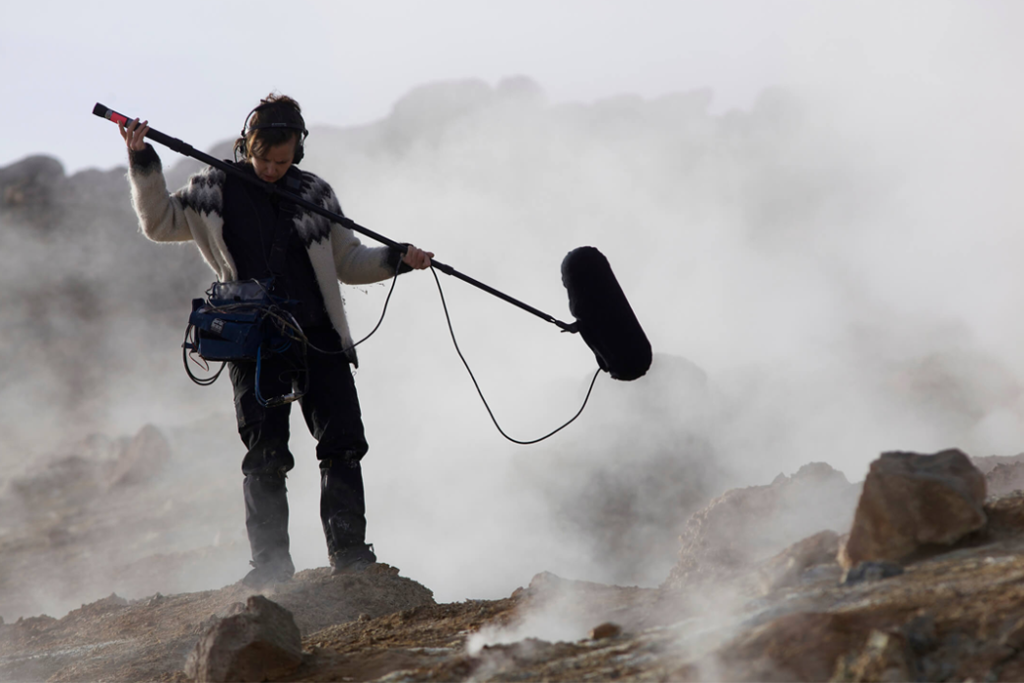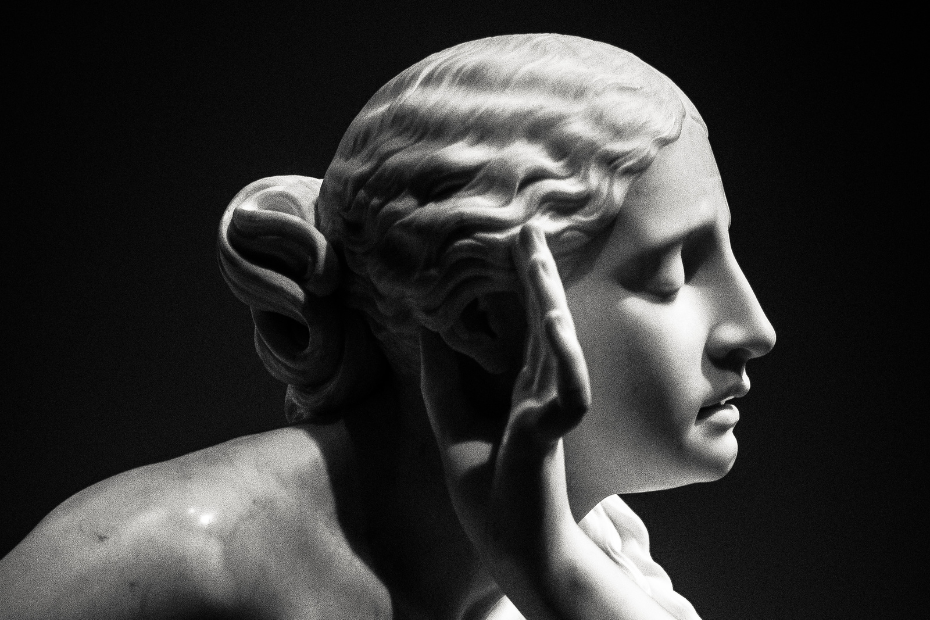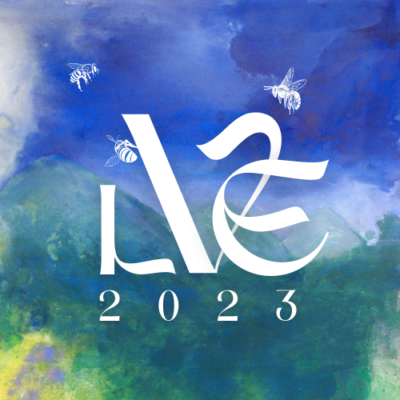Textured silence in electronic music
In music production, the sound background has both a context and an emotional function. We perceive the other elements in relation to the musical background sound. In the eyes of the artist, it is the landscape behind the portrait.
Remember that it is impossible for us humans to experience total silence. The background noise begins even before we are born and should not end until we die. So, how do you make it sounds good?
Aesthetics: three gradients
1. Realistic: field recording is constitutive of the realistic sound background. The composer reconstructs a landscape (real/imaginary) in which his music unfolds. Contrary to the cinema where these landscapes are rather illustrative, the musician seizes them so that they become the vehicle of an emotion.
2. Evocative: More suggestive, some artists choose to evoke a natural environment through sound synthesis. The listener’s imagination is then solicited by electronic sensations, inviting him to recreate a landscape or some of its elements.
3. Abstract: Pure textures will constitute the most abstract sound backgrounds. They do not evoke anything particular, but establish an atmosphere.
Whatever its aesthetics, the sound background is the key to give an aura to a track.
A polarity of sound timbre
A large part of techno music is shaped with rather cold, metallic, mechanical sounds. In contrast, deep techno favors warm, acoustic/tribal and nature-inspired timbres. This is reflected in the musical background.
Neuroimaging studies have found that brain activity differs between listening to natural (living-related) and artificial (man-made-related) sounds. They have measured that natural sounds cause an outward focus of attention (relaxation), while artificial sounds cause an inward focus of attention (adrenaline).
An artist will obviously have many nuances to bring. But still, this is an interesting polarity to consider in the design of sound backgrounds.

Exemple: Whispers of the Valley EP
During the festival La Vallée Électrique 2022, festival goers learned how to use portable recorders. With these microphones and a professional to guide them, they were able to record dozens of nature samples: stream, drop of water, branch, wind, birds, pebbles, etc.
Melifera Records then proposed to artists to compose songs using this sample bank. We have compiled 21 tracks separated in 3 releases called « Whispers of the Valley ». The first part is already available and can be downloaded now. This compilation offers a variety of examples of how to use field recordings as a sound background.
What do the artists think about it?
I asked a few people about their personal tastes and some of their studio techniques to create a beautiful sound background. So now, it’s time to learn directly from some of the best producers!
Luigi Tozzi
The background sounds of everyday life
• The background sound I enjoy the most is probably the underwater one. I’ve been freediving and scuba diving for as long as I can remember, and the atmosphere and sounds I hear underwater have a cathartic effect on me. This is the experience I try to express and communicate to the listener with my Deep Blue series.
Aesthetic concept in production
• The idea, when I build drones and atmospheric pads into my pieces, is to envelop the listener and create a very evocative dimension in which the rest of the composition can develop.
Studio technique
• The type of sources and synthesis I use vary a lot depending on the period and the inspiration. What always remains decisive in my process is the work of EQ and reverbs to sculpt the frequencies. Getting my ear used to understanding which frequencies to remove so that the layers are not too invasive in my mix has been an essential step to get the result I was looking for.
Adhémar
The background sounds of everyday life
• I particularly enjoy and am inspired by natural sounds from my childhood. I was outside all the time and there are many examples of sound elements: the barking of the deer, the insects at night, the storm, the hooting of the owls, the streams, the dogs in the distance, the footsteps on the mowed wheat… everything that makes up the sonic atmosphere of the Norman countryside.
Aesthetic concept in production
• The main notion that guides the conception of my sound backgrounds is the audible geography: this capacity of sounds to (re)immerse us in atmospheres or places. By collage and assembly of recordings, I compose a fictitious landscape which evokes possible real environments. Afterwards, it’s up to the inspirations, but I try to keep this « natural » touch in my music which is a mix of downtempo techno and ambient.
Studio technique
• I work a lot with audios that I have recorded, sometimes even with my phone, I rework them in Ableton. It is in this material that I come to draw according to the atmospheres that I want to create. Then I experiment, I add other textures made analogically. When I like the dialogue of the two, I keep it.
Feral
The background sounds of everyday life
• My favourite background is the cicadas in the middle of summer, without a doubt.
Aesthetic concept in production
• I had a concept that guided me many years ago when I started making music. I liked to work with textures and sounds of nature. I liked to imagine that I was in a certain place and use music as a way to travel there. However, it has evolved a lot. I think I have perfected my mastery of sound effects, and now I don’t need to « fill » my backgrounds with textures or pads (which I always enjoy listening to).
Studio technique
• I have a different technical approach on each track: it depends if the track is minimalist or more dense. Overall, I use 5 or 6 reverb/delay/echo tracks that I send back to each other (to do this you must activate the Sends on the return track). This allows a multitude of possibilities for playing with feedbacks, blending sounds and creating background textures.
Gëinst
The background sounds of everyday life
• I don’t really know of a more soothing background noise than the rustle of leaves in the trees or the sound of wind rushing through a chimney. In the city, the cacophony does not easily allow one to tune in to details. However, the echoes of a schoolyard or the end of a rain shower as it drips onto a zinc roof give me a strange sense of fulfillment.
Aesthetic concept in production
• I rarely have any prior ideas and prefer to let myself be guided by the composition. The moment I choose to create the sound background in the composition process will have a determining influence on the overall register of the result. Indeed, I usually start by finding the notes of the track, and composing on a pre-existing sound background leads me to a less tonal music.
Studio technique
• The use of external effects allows me to create the majority of my background sounds. Long reverbs and different sets of delays quickly create a background sound while being harmonically connected. Sometimes I use a resampling sample in a loop, with effects.
Polygonia
The background sounds of everyday life
• My favourite sounds in life are definitely organic, naturalistic ones. The beautiful sounds of nature inspire me a lot. It offers such a huge variety of sounds that it will never stop being interesting. Every frequency, every kind of transient or atmosphere can be found there. When thinking of the wonderful sound of water, birds, other animal sounds, etc. – there is no doubt that those sounds are perfectly designed, using the frequency spectrum in such an elegant way.
Aesthetic concept in production
• I love to combine the digital feel of Techno with the naturalistic aesthetic: it’s a great contrast which results in a fascinating tension. Ambient fits perfectly with this kind of soundscape, since listening to nature is almost like listening to an ambient tune. I absolutely aim for crystal clear sound design (that nature undoubtedly offers). Besides that, my instrumental skills highly influence me in my productions. I can see so many parallels between playing instruments and producing music. Envelopes, for example, can be found when playing any kind of instrument. You can discover the biggest variety of envelopes when you listen at all string instruments, wind instruments and the voice. Since I play all three categories, I very often think in those parallels, even if I don’t always use those instruments while producing. It helps me to shape synths in a natural way.
Studio technique
• I am pretty much producing in the box with Ableton. My favourite device is Ableton’s Operator. Most of my background atmospheres are synthesized textures which appear watery and organic. Sound synthesis with edited pitch envelopes can give bird songs, drops or water bubbles. Detuning the oscillators really helps to create interesting texture. I play a lot with lfos on the left/right of delays (without sync) so that the result seems organic. Weird settings in the phaser, the chorus and the echo also often add an organic touch. For the stereo, I use the spread parameter in the operator itself, but also LFOs with the panning in the autofilter.
One of the most important devices in my whole workflow is definitely the DiGiCheck which comes with the RME Interface (or the free Spectrum analyser SPAN). I always check which frequencies are missing and then create an element which is filling that gap. I know it sounds technical, but it actually gives me so much more artistic freedom because I can ensure that I don’t have to tidy up my projects afterwards.
AES Dana
The background sounds of everyday life
• Growing up in the countryside, I was lucky enough to be able to educate my ears to the whispers of nature, to the creaks and crinkles of plants. I could spend hours, lying in the fields, listening to the wind in the grass, the insects, and the rumours in the distance. I now live in downtown Lyon, and I only appreciate the notion of urban echoes. At night, the trains braking at the Perrache station make a pretty haunted concerto. I am a dawn person, in these hours, the mastering work is more convenient, without interferences. And I like to feel the urban silence that gradually intensifies into a hubbub; it’s a sensation that moves me.
Aesthetic concept in production
• I instinctively like to capture and collect sounds, and then work with field recordings to flesh out compositions. Before I was 16, I used to edit by layering recordings from a double cassette recorder. It wasn’t particularly thought out, I wanted to feel how to put layers of sounds together to create other textures. This was before digital, and I’m glad I experienced that technological fragility. Since then, I’ve used different portable recorders. I really liked the Sony DAT: no hiss, immersive and spatialized HD image, but that technology has disappeared to my regret. In the end, I find the microphone on my iPhone better than many portable recorders.
Studio technique
• I think that our recordings can have several functions. The first I would define as “Textures / Mats” and the second as “Grains / One-Shots”. With field recording, we can recycle everything. Whether the recordings are successful or not, they remain materials that can be shaped and manipulated endlessly, and I find this fascinating. Here are a few processes that might give you some inspiration:
RX Advanced from Izotope is a great toolbox. Its primary use is to restore imperfect recordings, clean up background noise and redefine focus. It can also be used creatively to give a new dimension to recordings, notably thanks to certain modules that you will have to hijack cheekily. With Deconstruct, you can extract tonal or noise elements: interesting for recovering harmonics from natural sounds or, on the contrary, firm contours. With Spectral-De-Noise in « noise only » mode it is possible to remove all harmonic notions from a recording. The result is audio fragments with strange and haunted dynamics.
Otherwise, working with Fabfilter Q3’s cuts and bandpass allows for elegant sound-designs, precise and touching parasitic textures. Depending on the style of music, it will be interesting to submix them (e.g. -10db) to bring depth. Light reverbs and long delays (½, feedback over 60%) will tie everything together.
You can also work with granular synthesis for particle motion games. I use the Borderlands application on mini-ipad for this, but there are plenty of nice hardware and software toys that also do a great job (Monome norms, Granulator II, Grip for Reaktor, Omnisphere, …).
Another possibility of recycling is to use the dynamics and grains of the field recordings to define them as one-shots. With a very precise cutting work, you can keep mini-bouts as rhythmic sub-layers. I advise using a gate beforehand and then use them dry and isolated. Sub-mixed or not, your grain selections will be perfect to create relief to your grooves.
Good sampling to you all !
Personal atmosphere
In conclusion, I would like to quote a few words from Cedric Finkbeiner from the Hypnotic Techno Circle:
« While an atmosphere can be created out of experimentation – out of merging « layers of sounds » – it is, in my opinion, a lot more meaningful when it translates musically a personal mood or feeling, for the artist as much as for the listener who senses it. This is something that I’ve been more and more aware of in my musical journey over time: the most interesting atmospheres capture a personal moment. The best ambient tracks are for me the ones that come with storytelling. »
I hope that this article has highlighted the link between the singularity of an artist and his sonic background. I wish you a great inspiration!
Arthur Bohl – March 2023

